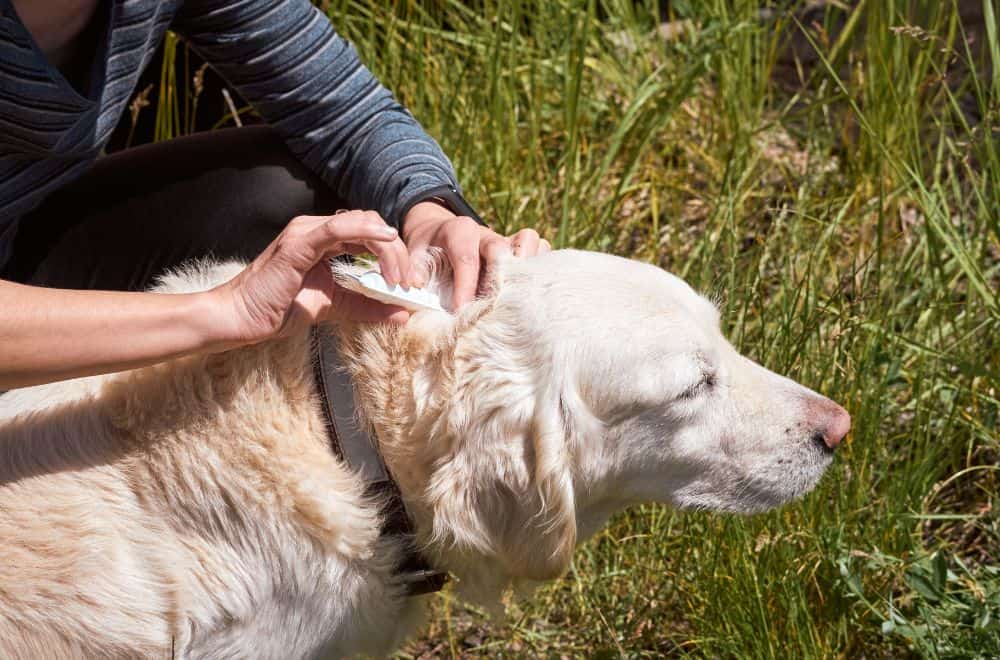Furry companions bring so much joy into our lives. But they can also bring less desirable elements – like fleas! And once they’re in your home, those little critters can be a real pain to eradicate.
The good news is, there are a number of home remedies to get rid of fleas. We’re going to share some of the recommended approaches. And we’ll give you an honest assessment of their chances of success.
Ready to say goodbye to fleas for good? Then read on!
8 Home Remedies to Get Rid of Fleas in Your Home
There are a range of natural remedies that can help banish fleas from your home. Note, though, that these are for in rooms, not on your pet. Talk to your veterinary surgeon for advice on how to free your four-legged friend from fleas.
1. Baking soda
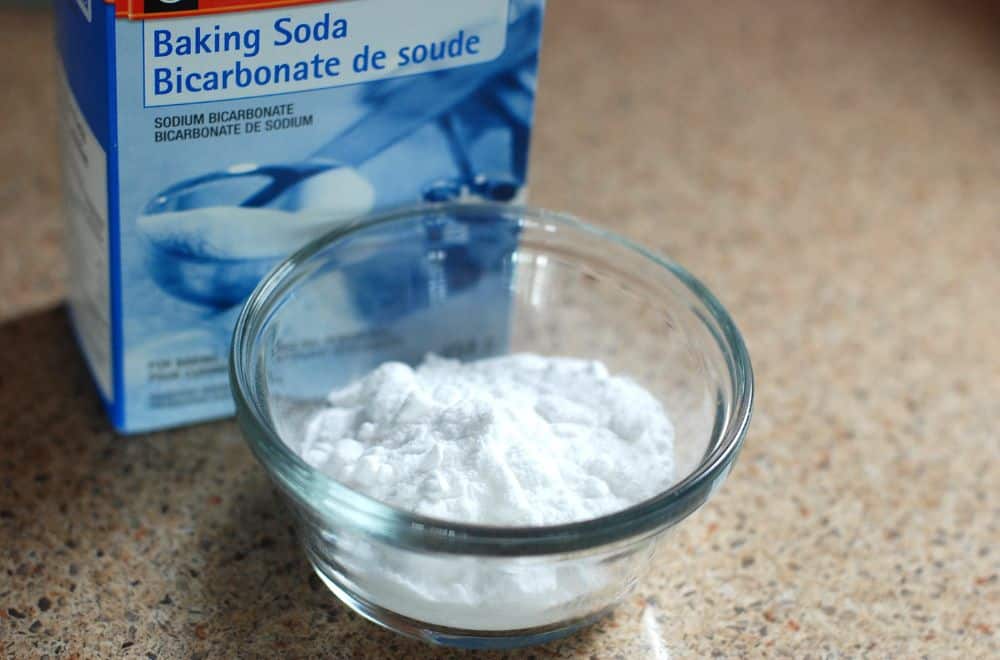
Baking soda is a perennial favorite in home-made cleaning preparations. It’s great for everything from polishing silver to scrubbing your WC. But some believe it also has benefits in getting shot of fleas.
It can be used anywhere there are fibers the fleas can nestle in. Carpets and rugs are the most obvious flea-friendly habitats, but they’ll also set up home in upholstery and curtains.
Thorough vacuuming is a simple and effective approach to removing them. Adding baking soda into the mix means more work, but some argue it can produce better results. The idea is that the powder can dry out flea eggs and larvae, so the problem doesn’t return.
Just sprinkle the baking soda over your carpets and upholstery and brush it in with a firm bristled brush. You want to get the granules right down to the bottom of the fibers. Leave for a couple of minutes, then vacuum over the whole area.
Note, though, that baking soda isn’t an effective flea treatment for your pets. There’s no evidence at all that it will kill adult fleas.
2. Salt

The thinking behind using salt to combat fleas is pretty much the same as the baking soda method. Salt is also believed to dehydrate flea eggs and larvae. Some people claim that it works on adult fleas too, although there’s no evidence for this.
As with baking soda, the idea is to sprinkle it over carpets and other soft furnishings. Then rub it in using a firm bristled brush to get the grains right down to the base. Finish up by vacuuming thoroughly.
The idea of using salt might have come from its use by gardeners to dehydrate slugs and snails. It certainly does work for that. But as with baking soda, there’s little scientific proof this approach works any better for fleas than vacuuming alone.
There is, though, a counter argument.
Getting rid of salt from your carpets could be extra motivation to do a really thorough cleaning job! And the more thorough your vacuuming, the more likely it is that you’ll get rid of those pesky fleas.
3. Dish soap and water
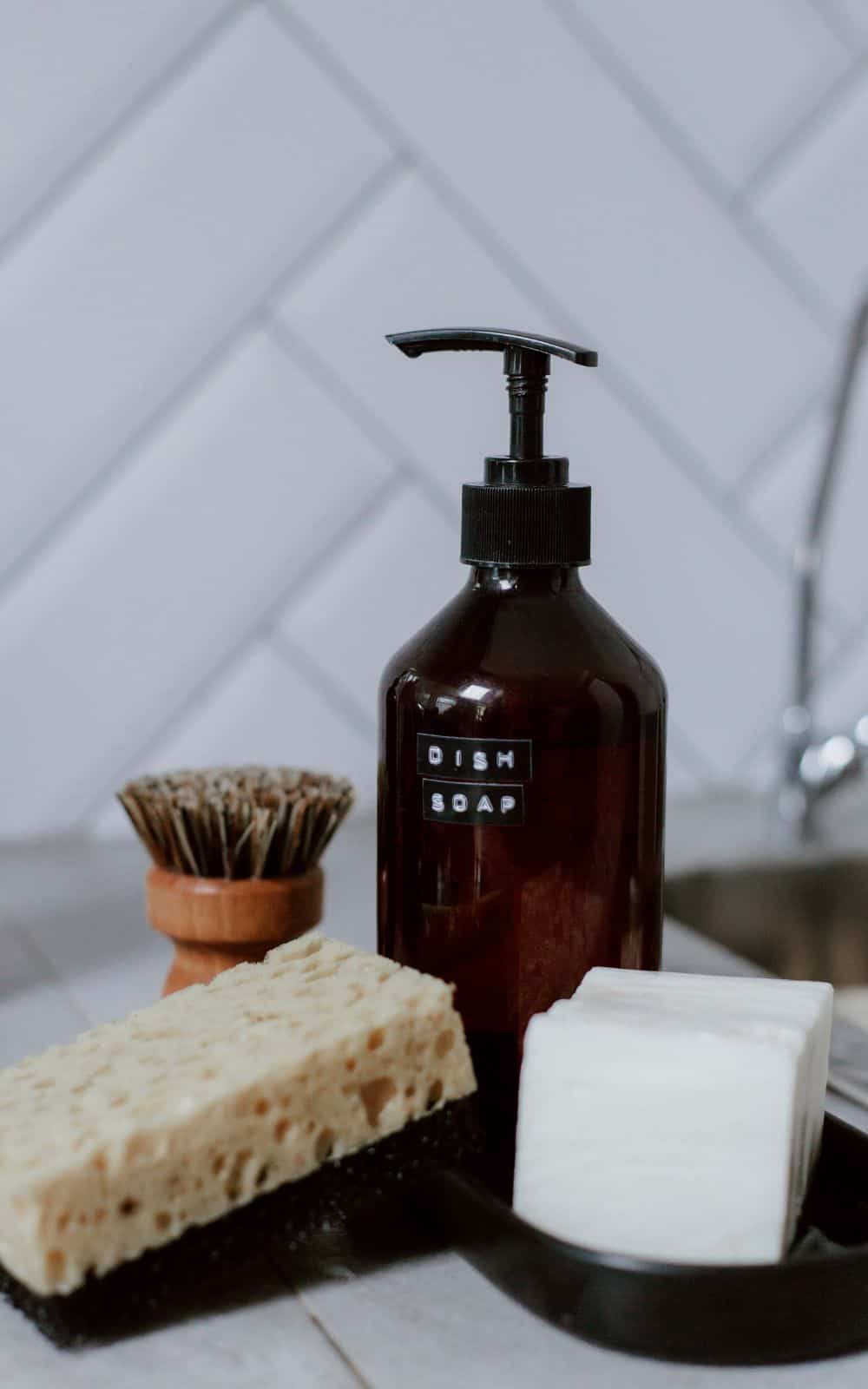
Dish soap and water is often used for spraying houseplants to get rid of unwanted pests. So perhaps it’s not surprising that it’s also suggested by some as a solution to flea problems.
The idea is to fill a bowl with water and dish soap, creating a mixture that the fleas will drown in. Some people recommend a thicker mixture of dish soap with a little water on a plate. The idea there is that it’s viscous, so fleas will get stuck when they land in it.
Then place the bowl or plate in the room you think has flea activity. Some people say it’s best to leave it there overnight. That’s because fleas are generally more active after dark.
Fleas certainly will get stuck in soapy water, so it’s easy to remove them from your home. But the question is how many of them you’ll capture this way.
There’s nothing about dish soap or water that attracts fleas, so any that land in the solution will do so by chance. You can place multiple bowls or plates around the room. But it’s still going to be a tall order to expect all the fleas to end up there.
4. Rosemary, fennel, peppermint, wormwood and rue
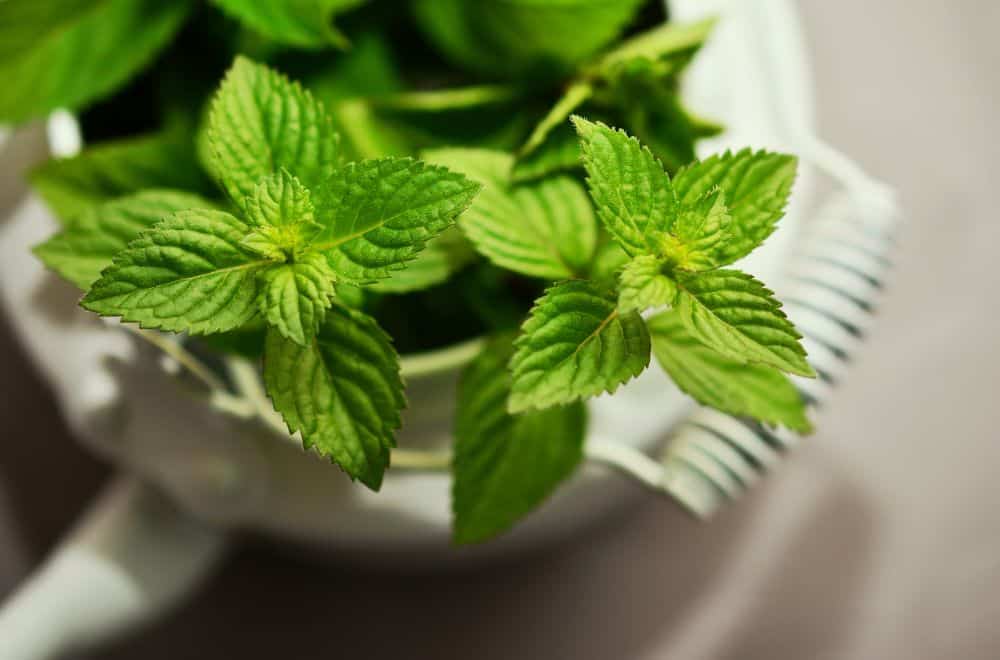
If you’re happy to get out your mortar and pestle, another home remedy often suggested for fleas involves herbs. Rosemary is the main ingredient, and the recipe requires it to be ground together with fennel, peppermint, wormwood and rue.
The resulting powder should be sprinkled anywhere you suspect there might be fleas. The idea is that it acts as a natural repellent.
There’s no vacuuming in the mix with this method, and you can sprinkle the powder on hard or soft surfaces.
As with most other home remedies, though, there’s little evidence that it actually works. On the plus side, the mixture smells pleasant enough.
5. Vinegar, witch hazel and lemon
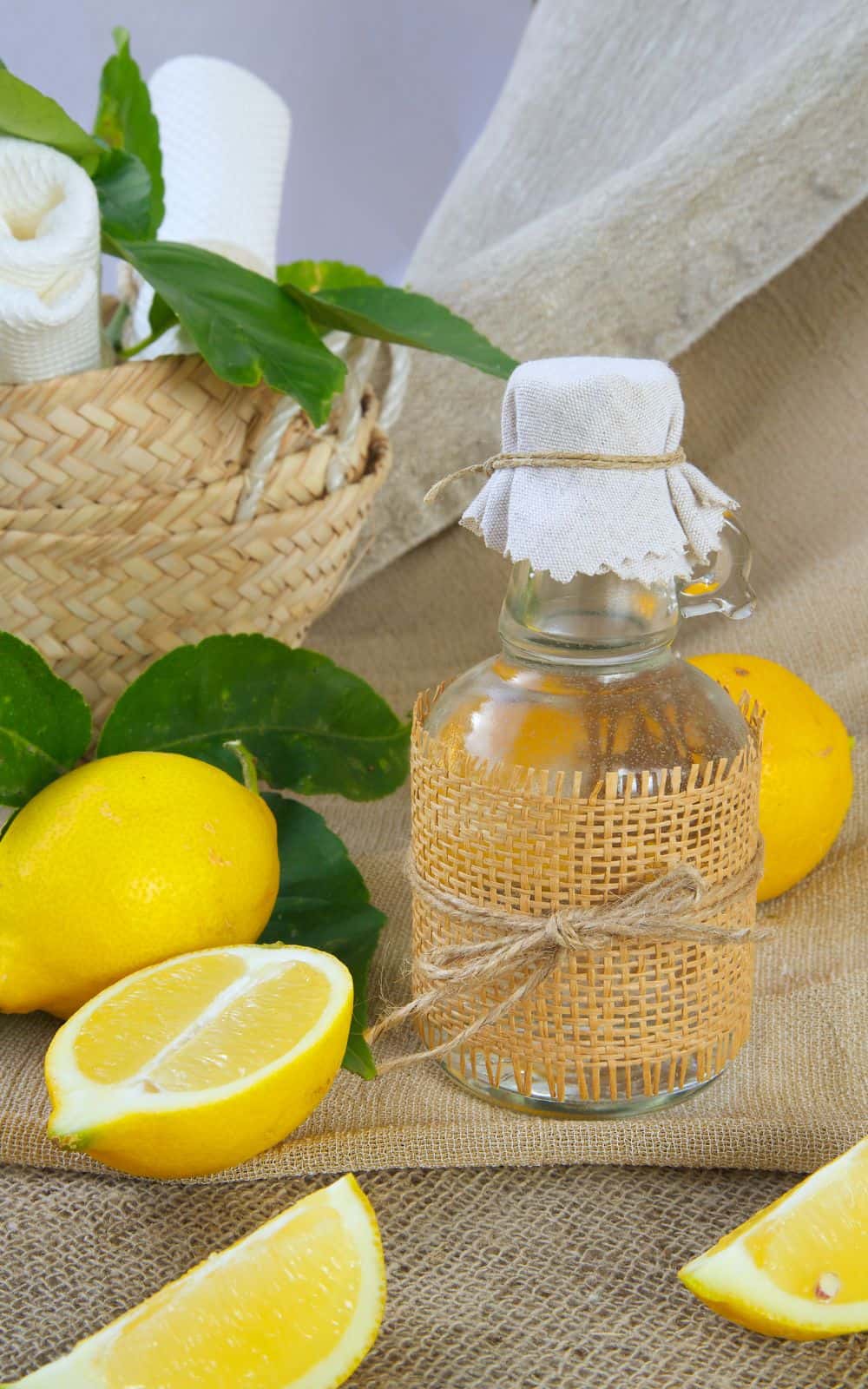
Another recipe for a natural flea treatment includes vinegar, witch hazel and lemon. In this case, it’s all mixed together with water to create a spray you can direct wherever you detect flea activity.
The proportions are one part witch hazel, two parts lemon juice, eight parts water and sixteen parts vinegar. Mix it all together in a large spray bottle.
(Note that some recipes start with 250 milliliters of witch hazel. That means you’ll need half a liter of lemon juice, 4 liters of vinegar and 2 liters of water – and a very big bucket!)
Start by vacuuming your home thoroughly – this is likely to be the most effective part of the treatment! Then spray the solution all over the place.
One thing to be aware of, though, is that cats dislike citrus smells. So if you have a feline companion, this might not be the best choice.
6. Lemon spray
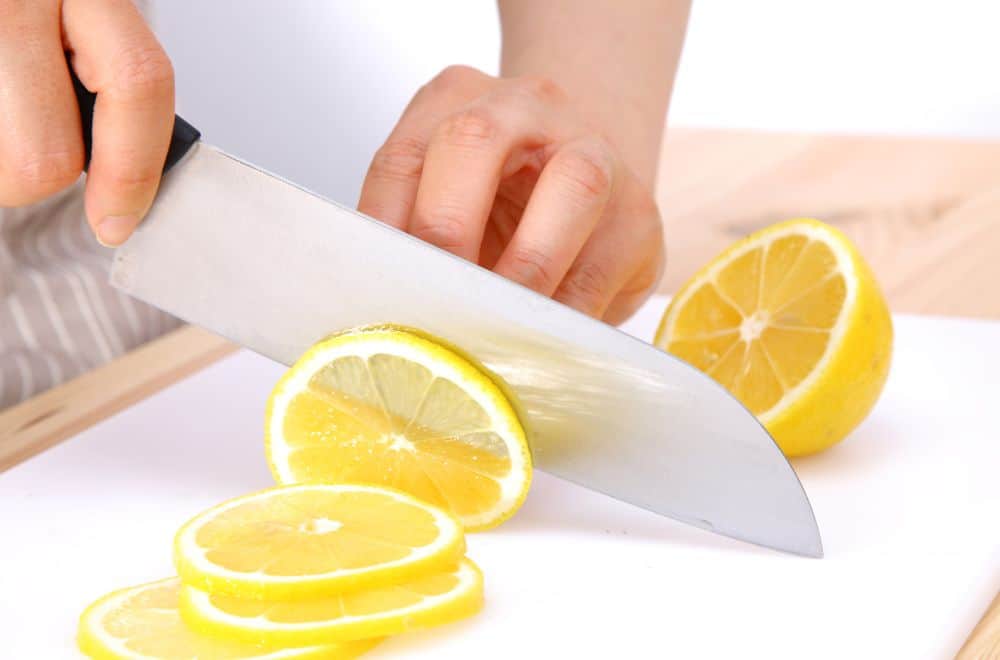
This variation on the lemon and witch hazel spray uses a much simpler recipe. Just slice up a lemon and add it to a pan of water. Then bring it to the boil. Let it cool overnight. Then decant it into a spray bottle and spray wherever you think there are fleas.
This is another recipe that doesn’t have any scientific evidence to back up its effectiveness. And while the lemony smell is pleasant to humans, any cats you share your home with are unlikely to approve.
7. Pot plants
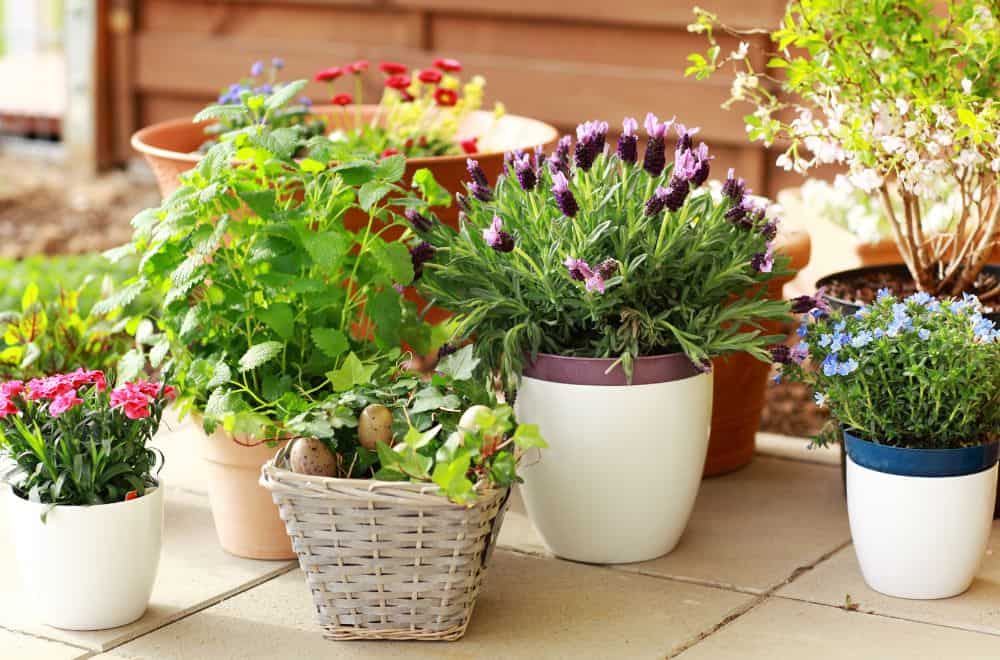
Some plants are known as flea repellents. Chrysanthemums, lavender, spearmint and penny royal are all genuinely unappealing to fleas. That’s given rise to the entirely reasonable suggestion that using them as pot plants could give fleas the heave-ho.
But there are some problems with this theory.
For a start, some plants – like lavender – really need to be kept outdoors. And while placing them near doors could deter fleas from hopping across the threshold, it’s unlikely to prevent them hitching a lift on your pets.
This is one natural remedy that’s definitely worth a try, though.
8. Diatomaceous earth
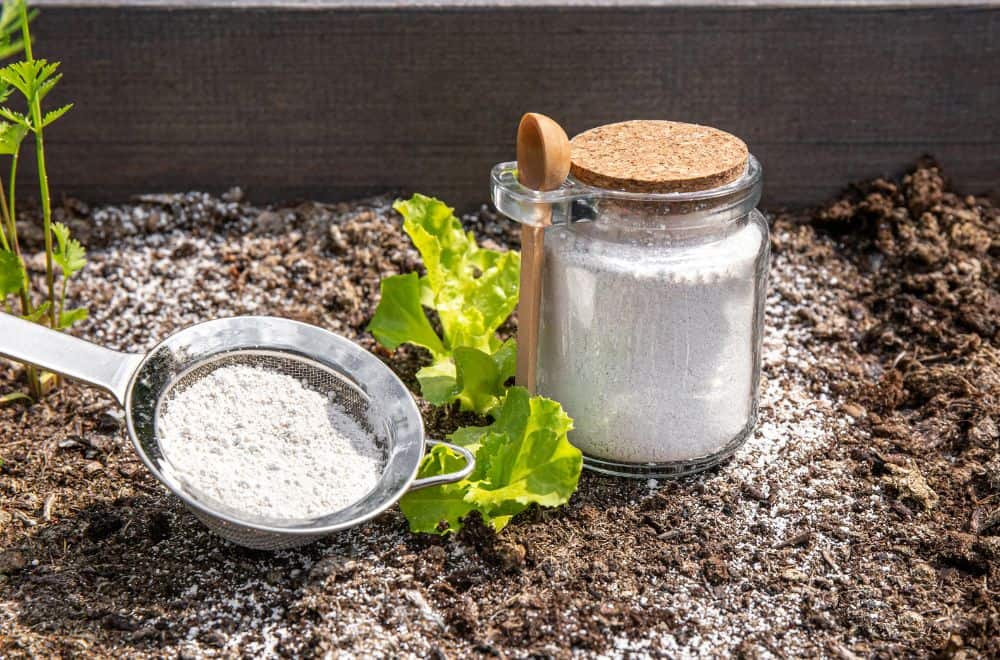
Diatomaceous earth is a powder consisting of the fossilized remains of tiny algae called diatoms. Yes, it’s pretty weird stuff. But when it comes to a natural remedy for fleas, it’s also one of the most effective out there.
It actually does what baking soda and salt are only rumored to do – it dehydrates fleas. Wear a face mask and gloves, and apply it in thin layers wherever you suspect fleas are active.
Leave it in place for a couple of days, and then get out that vacuum cleaner. Vacuum the whole area thoroughly, remembering upholstery and all those nooks and crannies.
Just one word of caution: there are a number of different types of diatomaceous earth out there. Make sure you use the stuff that’s food-grade. While none of it’s toxic, the non-food-grade type can irritate your eyes and nose.
Other hints and tips
Keeping your pet and your home flea-free means action on both fronts.
1. Check regularly for signs your pet has fleas
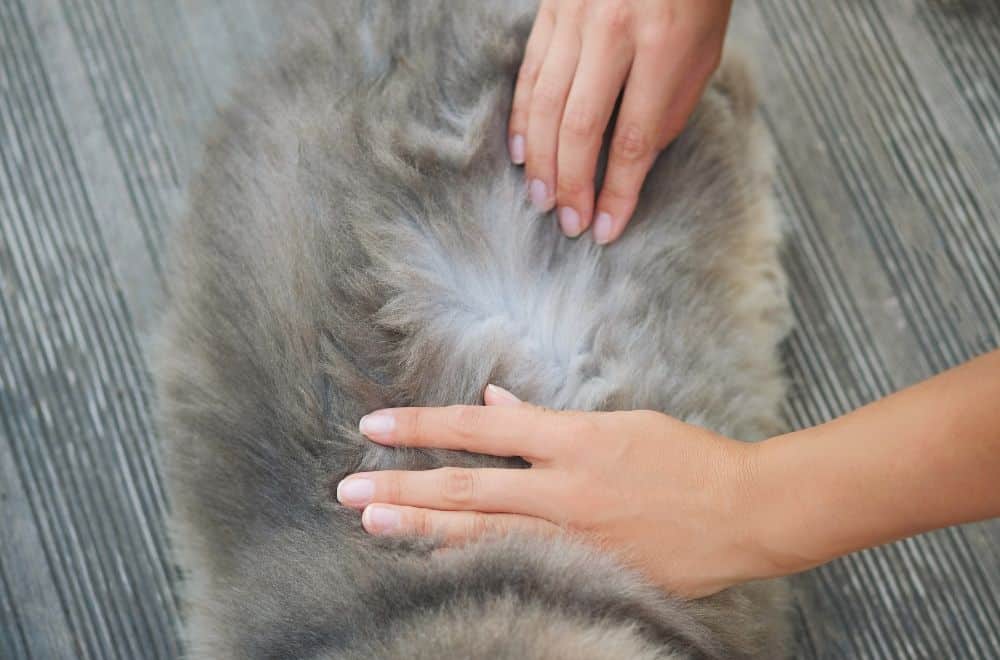
For dogs, regular brushing and grooming can help you check for signs of fleas. If you have a cat who’ll tolerate being brushed, the same thing applies!
Use a fine-toothed comb and hold it over a white surface (a tissue or kitchen towel is ideal). Any fleas or flea droppings will fall onto the surface.
Adding a couple of drops of water to whatever you collect will help you identify flea droppings. They’ll turn red when the water hits them.
There are lots of other signs your pet might have fleas:
- they’re scratching
- you can see bald or sore patches in their fur
- their skin is red or irritated
- they have areas of thicker skin, for example, around their ears
- there are dark specks in their fur – you may even be able to see fleas moving around
- you have bite marks on your own skin.
2. Take action quickly when you suspect fleas
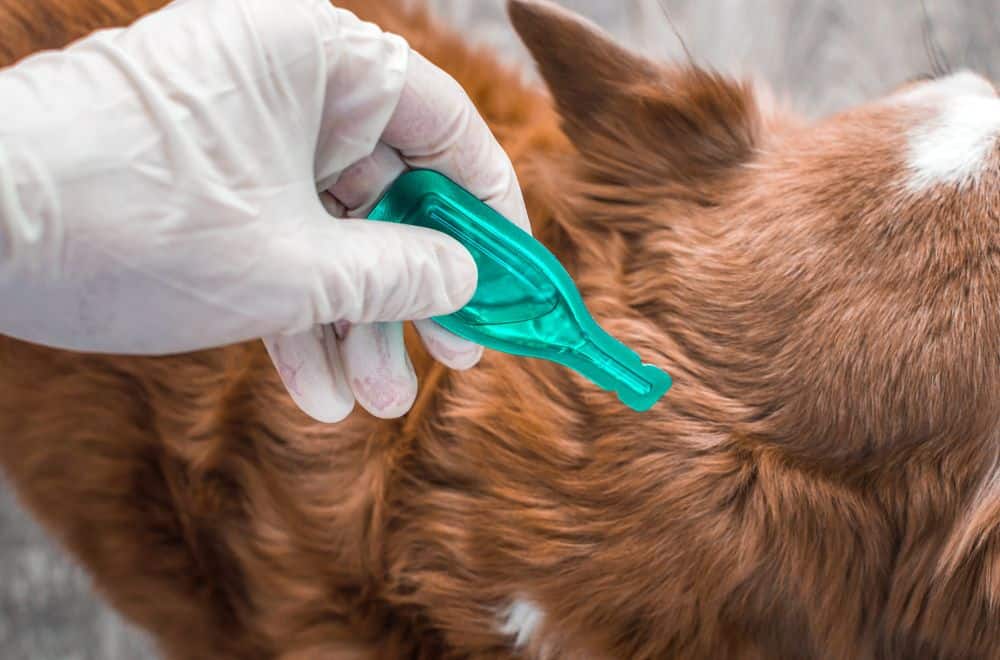
The quicker you start your anti-flea crusade, the easier it will be to deal with the problem.
Regular flea treatment for pets can keep fleas at bay. But if you suspect they’ve got fleas already, ask your vet for advice on the right product to use.
Some animals experience irritation from some types of flea treatment. But there are lots of alternatives, so don’t despair. Switching to a brand that’s formulated for animals with sensitive skin will keep them free from the misery of fleas without causing them discomfort.
And always ensure you use a product that’s been prescribed specifically for your pet. Don’t assume that what works for one animal will work for another.
Flea treatments for dogs, for example, contain a substance called permethrin. While that’s safe for pooches, it’s toxic to cats.
As for your home, regular vacuuming is the single most effective way of dealing with fleas. Make sure your cleaning regime also covers your pet’s bedding. And empty your vacuum cleaner’s dustbag regularly too, to prevent eggs from hatching inside it.
Why worry about fleas?
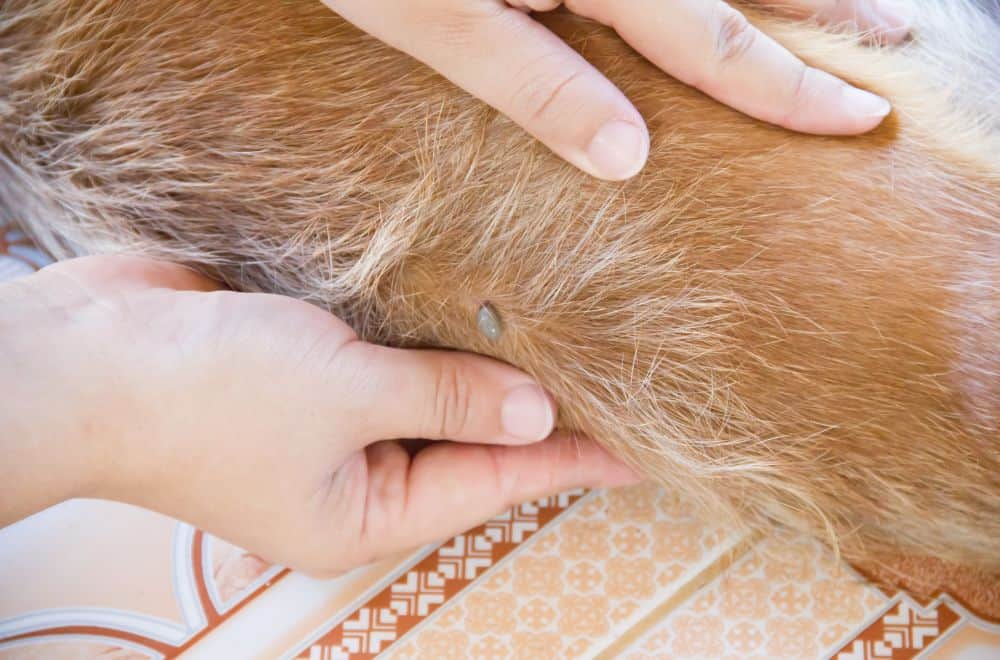
The chances are, if you’ve come this far, you already understand that fleas are a problem that needs to be tackled. But just what is it about fleas that’s so harmful to our pets?
Well, fleas feed on blood – and they breed fast. A female flea can lay as many as 50 eggs in a single day. So unless they’re removed quickly, your pet will soon be providing lunch for hundreds of little insects.
Being bitten all day is just no fun. Flea bites are itchy and uncomfortable. And for young or frail animals, the blood loss can be debilitating or even fatal.
Flea bites can also lead to a host of other problems.
Some animals have a sensitivity to flea saliva. That can result in allergic reactions like flaky skin and sores.
Flea larvae can also be infected with other pests, like tapeworms. Pets with fleas will try to groom themselves to ease the irritation. And if they eat a flea with tapeworm, their gut will end up hosting this parasite too.
That’s why it’s important to give your pet a regular worming treatment alongside their flea treatment. Talk to your vet about the right combination of products for your companion animal.
Last but not least, fleas can also pass on other diseases, some of which can be extremely serious. Amongst them is myxomatosis, a disease which is often fatal to rabbits.
All this means regular flea treatment is an important preventative measure for your pet. And any signs of fleas should be addressed as quickly as possible.
Best home remedies for fleas: the final word
Search the internet, and you’ll find a whole range of remedies to get rid of fleas from your home. But by far the simplest and most effective solution is regular and thorough vacuum cleaning. Empty out your cleaner’s dust bag regularly, and those fleas won’t stand a chance.
Most other home remedies are harmless enough, though they may not be very effective. But solutions involving lemon will be unpleasant for any cats sharing your home.
Diatomaceous earth, however, does have proven anti-flea properties. Make sure you use the food-grade kind to avoid irritation. And flea repellent plants like chrysanthemums and lavender can help bolster your home’s defences too.
